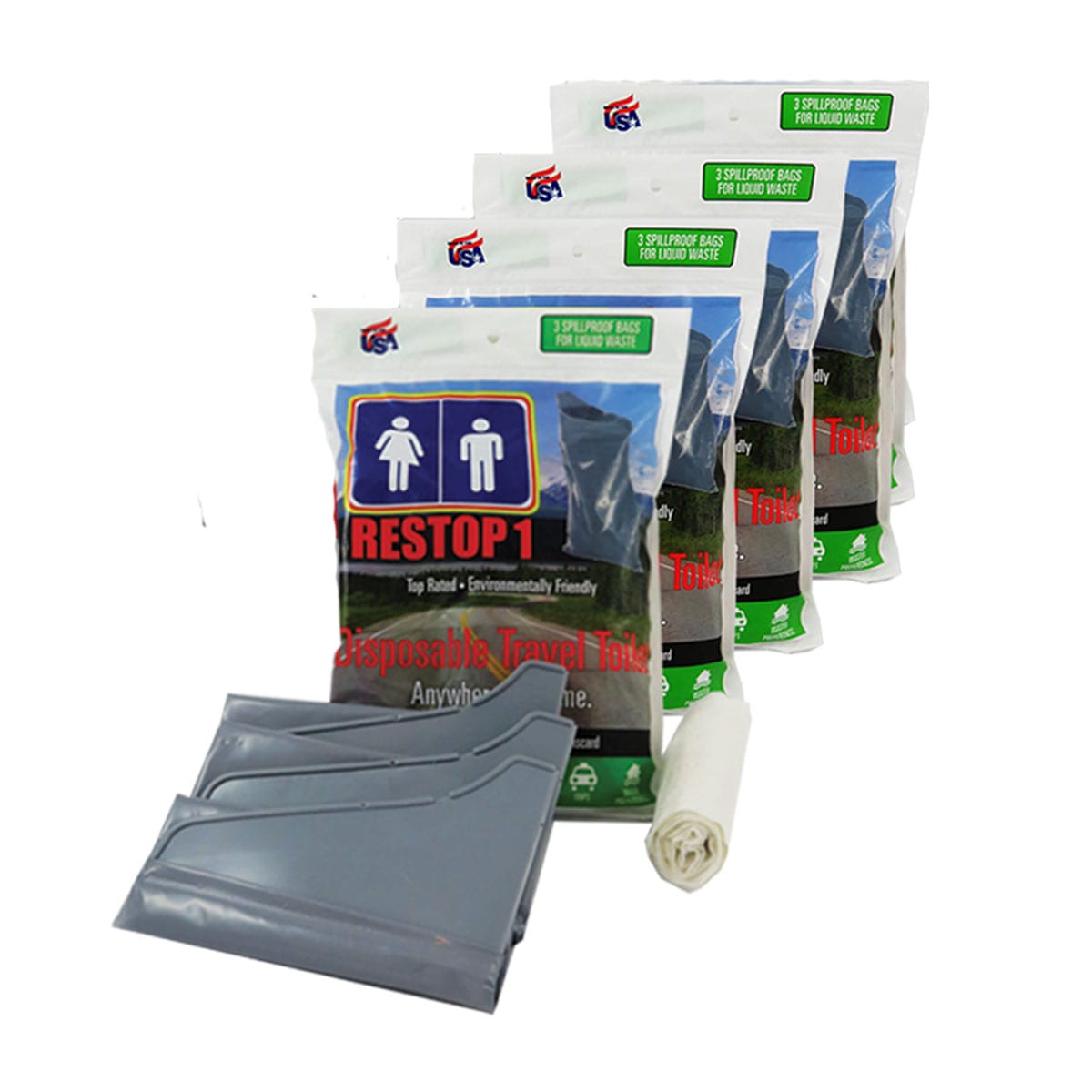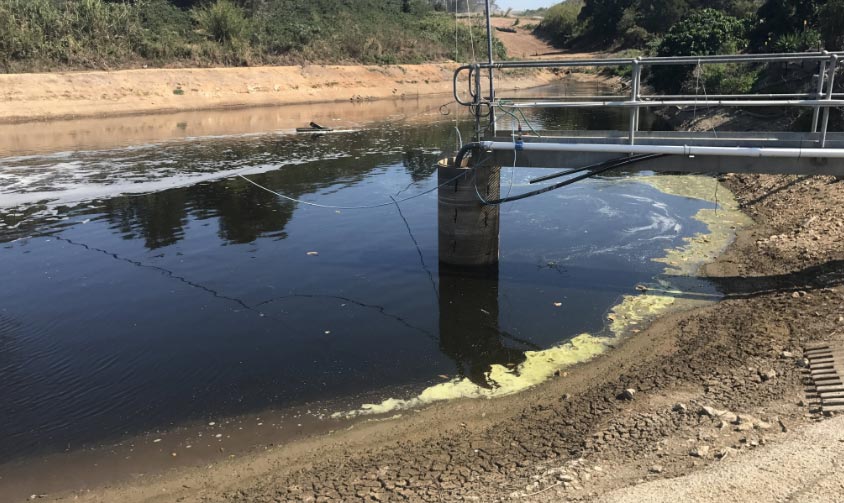Expert Liquid Waste Removal Melbourne: Quick and Budget Friendly Providers
Expert Liquid Waste Removal Melbourne: Quick and Budget Friendly Providers
Blog Article
Exactly How Liquid Waste Disposal Functions: A Thorough Summary of Strategies and Technologies Used

Review of Fluid Waste Kind
The intricacy of fluid waste kinds demands a detailed understanding of their qualities and implications for disposal. Liquid waste can broadly be classified right into several kinds, consisting of commercial, local, agricultural, and contaminated materials. Each group displays unique homes, needing particular administration techniques to reduce environmental and wellness dangers.
Industrial liquid waste originates from manufacturing procedures and commonly consists of a range of contaminants, such as hefty steels, solvents, and organic substances. Local liquid waste, mainly comprising wastewater from houses and industrial establishments, has natural issue, nutrients, and pathogens (industrial wastewater treatment). Agricultural fluid waste, including drainage from ranches, may contain plant foods, pesticides, and pet waste, positioning threats to water top quality and ecosystems
Dangerous liquid waste is identified by its toxicity, reactivity, or prospective to create injury. Recognizing these diverse liquid waste types is critical for developing effective disposal methods and making certain conformity with environmental policies.
Physical Treatment Techniques

Testing is the preliminary step, where larger bits and debris are removed from the fluid waste utilizing screens or grates. In sedimentation containers, much heavier particles settle at the base, developing a sludge layer, while the clarified fluid can be further treated.
Filtration is an additional necessary technique that involves passing the fluid via permeable materials, such as sand or membrane layers, to capture smaller bits. This action enhances the top quality of the liquid, making it ideal for subsequent therapy procedures.

Chemical Therapy Techniques
Chemical treatment strategies are necessary for efficiently handling liquid waste, particularly in resolving dissolved and colloidal impurities that physical methods might not appropriately eliminate. These techniques use numerous chemical agents to reduce the effects of, speed up, or change dangerous compounds right into less damaging kinds.
One common approach is coagulation and flocculation, where chemicals such as alum or ferric chloride are included in promote the aggregation of put on hold fragments. This process boosts sedimentation, enabling less complicated removal of the resulting sludge. Additionally, oxidation processes, using agents like chlorine or ozone, are used to damage down complex organic compounds and microorganisms, making the waste safer for discharge or additional therapy.
Neutralization is an additional crucial method, which changes the pH of acidic or alkaline waste streams to neutral levels, stopping possible injury to downstream systems and the setting. Furthermore, advanced oxidation procedures (AOPs) utilize mixes of oxidants and ultraviolet light to weaken persistent toxins, achieving a greater degree of therapy performance.
Organic Therapy Procedures
Biological treatment processes play a critical duty in the monitoring of fluid waste by making use of microorganisms to decay organic issue and lower impurity degrees. These processes can be generally classified right into anaerobic and cardiovascular treatments, each employing certain microbial areas to accomplish efficient waste deterioration.
Aerobic therapy includes using oxygen to facilitate the breakdown of natural products by bacteria. This procedure is generally carried out in triggered sludge systems, where aeration containers supply a favorable environment for microbial development, causing the oxidation of organic toxins. The resultant biomass can be divided from treated effluent via sedimentation.
In contrast, anaerobic therapy takes place in the absence of oxygen, counting on various bacteria to break down organic issue. This method is specifically helpful for high-strength waste, as it generates biogas, a renewable resource resource, while decreasing sludge manufacturing. Technologies such as anaerobic digesters are often employed in local and industrial applications.
Both cardiovascular and anaerobic biological therapies not only reduce the environmental effect of liquid waste however additionally assist in source recuperation, making them necessary components of lasting waste management methods. Their efficiency, flexibility, and efficiency support their prevalent application across different markets.
Emerging Technologies in Disposal
Ingenious strategies to liquid garbage disposal are rapidly progressing, driven by innovations in technology and a boosting focus on sustainability. Amongst these emerging modern technologies, membrane bioreactors (MBRs) have obtained grip for their ability to integrate organic therapy with membrane layer purification, leading to high-grade effluent that can be reused in different applications. MBRs allow smaller sized footprints and a lot more effective operations contrasted to standard systems.
An additional encouraging growth is making use of anaerobic food digestion integrated with nutrient healing innovations, which not only treats liquid waste but additionally generates biogas and recuperates useful nutrients like nitrogen and phosphorus. Bonuses This double benefit enhances resource why not check here effectiveness and minimizes ecological effect.
Furthermore, advanced oxidation procedures (AOPs) are being taken on for the destruction of complicated organic pollutants. These methods make use of effective oxidants and drivers to damage down impurities at the molecular degree, providing a highly effective option for tough waste streams.
Additionally, the combination of expert system and artificial intelligence in waste management systems is maximizing operational efficiency and anticipating maintenance, leading to minimized expenses and boosted ecological compliance. These modern technologies show a significant shift towards even more efficient and lasting fluid garbage disposal practices.
Verdict
In final thought, effective fluid waste disposal necessitates a comprehensive understanding of numerous techniques and modern technologies. The integration of physical, chemical, and organic treatment methods makes certain the effective monitoring of diverse waste kinds. Furthermore, the introduction of cutting-edge innovations boosts treatment effectiveness and advertises sustainability in waste management methods. By continuously progressing these methodologies, it becomes feasible to deal with the expanding difficulties connected with liquid waste, eventually adding to ecological protection and resource recuperation.
Fluid waste disposal is an essential aspect of ecological monitoring, needing a detailed understanding of numerous strategies and modern technologies customized to various waste kinds. Fluid waste can generally be classified right into numerous kinds, including industrial, local, agricultural, and dangerous waste. Agricultural liquid waste, including runoff from ranches, might have plant foods, chemicals, and animal additional info waste, positioning dangers to water top quality and communities.
Different physical treatment methods play a crucial role in taking care of liquid waste successfully - industrial wastewater treatment.In final thought, effective fluid waste disposal demands a detailed understanding of different strategies and modern technologies
Report this page